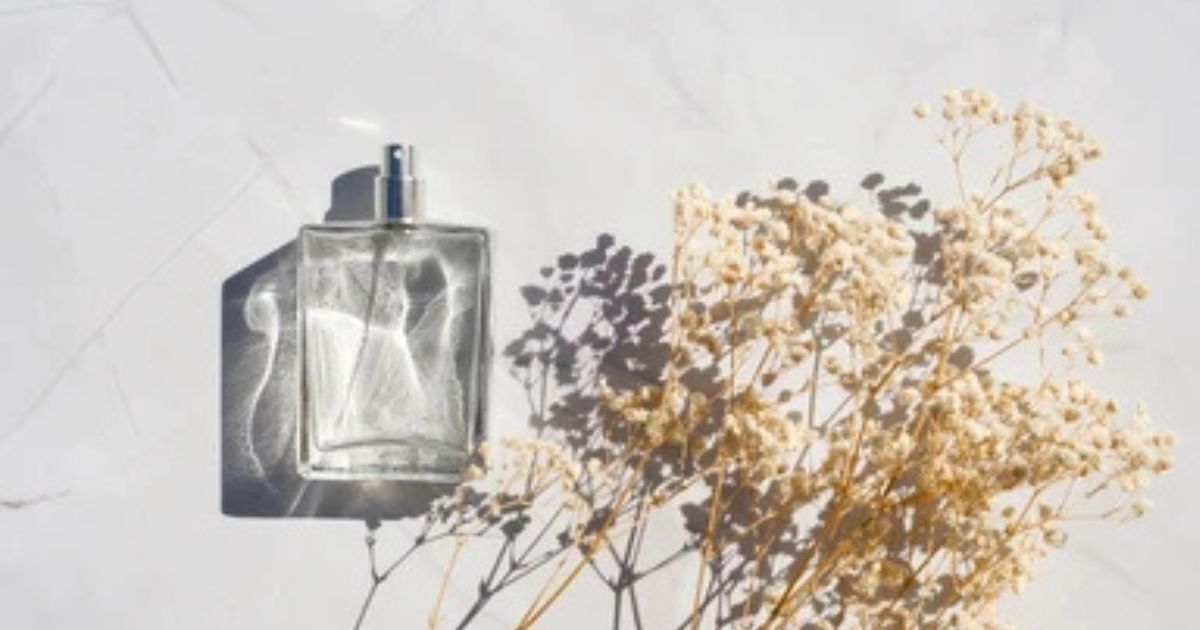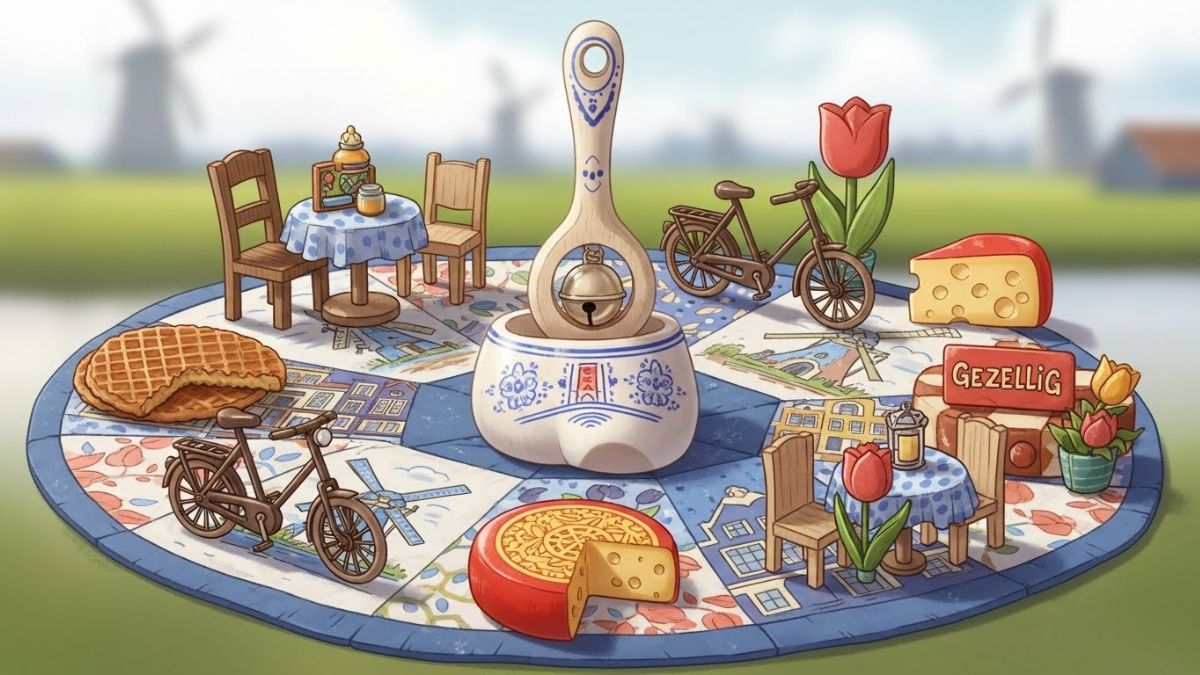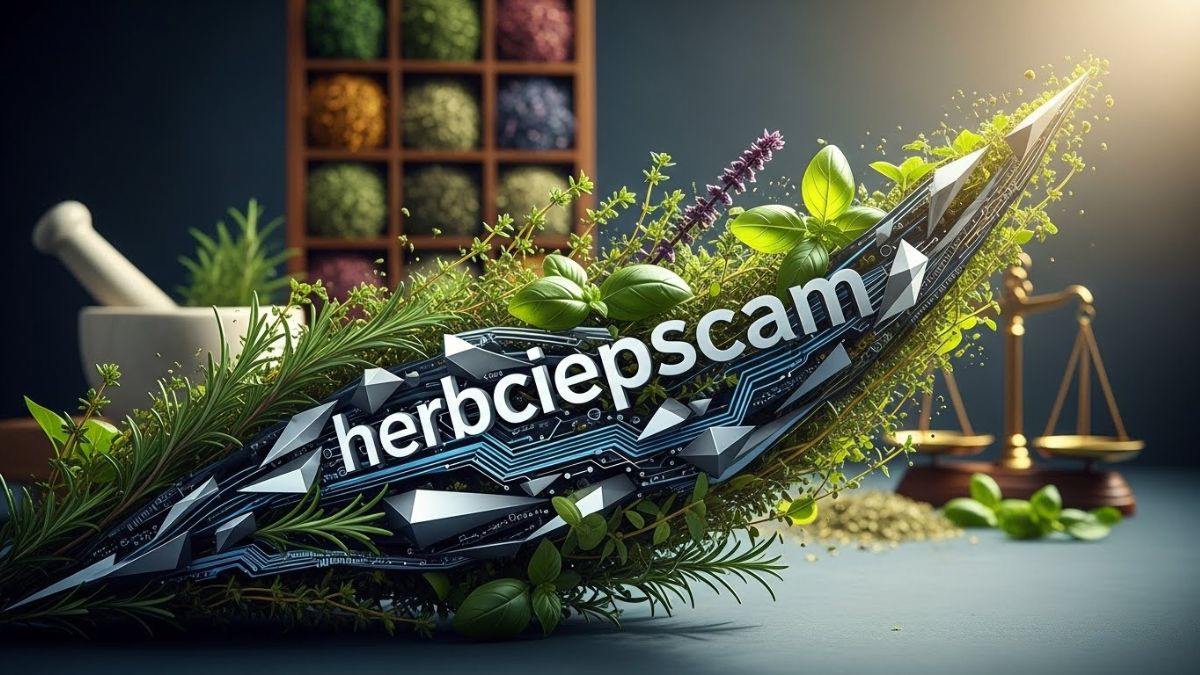Eau de Toilette, often abbreviated as EDT, is one of the most popular fragrance types globally. Light, refreshing, and versatile, it bridges the gap between subtle elegance and affordable luxury. But for many people, the term remains confusing—what does it really mean, and how does it differ from perfumes and colognes? Understanding Eau de Toilette begins with knowing its composition, use cases, and place in modern grooming.
What Eau de Toilette Actually Means
The name “Eau de Toilette” is French and translates to “water of the toilet,” but not in the way we interpret “toilet” today. In French, “toilette” refers to personal grooming or getting ready. Historically, EDT was a scented water used after bathing. Today, it refers to a fragrance with a concentration of aromatic compounds typically between 5% and 15%, making it lighter than perfume but stronger than cologne.
Fragrance Concentration Levels Explained
Fragrances are categorized based on the amount of perfume oil they contain. Eau de Parfum (EDP) is more concentrated (15–20%), lasting longer and smelling stronger. Eau de Toilette comes next with moderate strength and staying power, followed by Eau de Cologne (2–5%) and body sprays or mists. EDT is the sweet spot for daily wear—noticeable but not overpowering.
Key Ingredients in Eau de Toilette
Most Eau de Toilette formulas are composed of a blend of water, alcohol, and fragrance oils. Alcohol acts as a solvent and evaporator, helping distribute the scent over the skin. The fragrance oils are where the magic happens—made from natural essential oils, synthetic aromatics, or a mix. These oils are layered into top, middle, and base notes to create complexity and longevity.
Understanding Fragrance Notes in EDT
Top notes are what you smell immediately after application—often citrusy or herbal. These evaporate quickly, giving way to middle (heart) notes like florals, spices, or fruits. Finally, the base notes—woods, musk, or amber—linger longest and define the scent’s character. A well-composed EDT balances these layers beautifully, offering an evolving fragrance experience.
Why Choose Eau de Toilette?
Eau de Toilette offers the ideal blend of freshness and subtlety. It’s less expensive than perfume but still sophisticated. Because of its lighter concentration, it’s perfect for casual or daytime use, office settings, or when you want something pleasant but not overwhelming. Its airy feel makes it especially ideal for warm weather or layered grooming routines.
How to Apply Eau de Toilette Properly
Application matters. Spray EDT on pulse points—wrists, neck, behind ears—where body heat helps diffuse the scent. Don’t rub it in; this breaks the molecular bonds and alters the fragrance. Instead, let it dry naturally. For longer-lasting results, apply right after showering, when your skin is warm and pores are open.
How Long Does Eau de Toilette Last?
Typically, an Eau de Toilette lasts about 3 to 5 hours, depending on your skin type, weather, and the specific formulation. Oily skin tends to hold scent longer than dry skin. You may need to reapply once during the day, but that’s part of the EDT charm—its lightness allows flexibility.
Eau de Toilette vs. Eau de Parfum
Though both are personal fragrances, Eau de Toilette and Eau de Parfum differ in intensity, longevity, and price. EDP lasts longer and has stronger sillage (scent trail), making it ideal for special occasions or evening wear. EDT is more affordable and better for everyday use. Many brands offer both versions of their bestsellers, so you can choose depending on your needs.
Best Occasions to Wear Eau de Toilette
EDT is versatile enough for nearly all occasions: work, casual outings, errands, or brunch. Its light scent profile makes it suitable for crowded environments like offices or public transport. If you want to smell good without making a bold statement, EDT is your go-to.
Top Eau de Toilette Fragrance Families
Eau de Toilette comes in various scent profiles or “families”:
Citrus: Fresh and zesty (lemon, orange, bergamot)
Woody: Warm and masculine (cedar, sandalwood)
Floral: Romantic and feminine (rose, jasmine, peony)
Aromatic: Herbal and clean (lavender, sage, mint)
Aquatic: Ocean-inspired, great for summer
Choosing a scent family helps you align your fragrance with your personality or mood.
How to Choose the Right Eau de Toilette
When selecting an EDT, consider your personality, lifestyle, and environment. Test scents on your skin, not paper strips—body chemistry changes how a scent reacts. Also, give it a few minutes to evolve; initial top notes can be misleading. Some people prefer having different EDTs for different seasons or occasions to keep things fresh and exciting.
Popular Eau de Toilette Brands
Some of the most iconic EDTs include:
Dior Sauvage – A bold and spicy masculine fragrance
Chanel Chance Eau Tendre – Light and floral for women
Acqua di Gio by Giorgio Armani – Aquatic and timeless
CK One by Calvin Klein – Unisex and citrusy
Hermès Terre d’Hermès – Earthy and elegant
Each offers unique personality and scent construction, appealing to different users.
Travel and Everyday Portability of EDT
Eau de Toilette is often available in compact bottles, making it travel-friendly. Many brands also offer roll-on or travel spray versions for touch-ups on the go. Keeping a small bottle in your bag or car allows you to refresh your scent throughout the day without carrying a full-size bottle.
Caring for Your Eau de Toilette Bottles
Proper storage extends your fragrance’s shelf life. Keep your EDT away from direct sunlight and extreme heat—both break down scent molecules. Store it in a cool, dry place, ideally in its original box. Also, avoid shaking the bottle; this can introduce air and reduce potency over time.
Can Eau de Toilette Be Layered?
Absolutely. EDT can be layered with matching scented body lotions, deodorants, or even other fragrances for a custom scent. Just ensure the base notes are compatible to avoid clashes. Layering is a great way to make lighter scents last longer or add personal flair.
Environmental Impact and Clean EDT Options
Sustainable and cruelty-free EDT options are on the rise. Brands are now focusing on using ethically sourced ingredients, recyclable packaging, and biodegradable formulas. If you care about environmental impact, look for labels like “vegan,” “paraben-free,” or “eco-friendly.”
Conclusion
Eau de Toilette is more than just a perfume—it’s a daily ritual, a whisper of style, and a boost of confidence. Its refreshing lightness, affordability, and versatility make it an essential part of any grooming routine. Whether you prefer citrus bursts or floral undertones, there’s an EDT out there that can become your signature scent. Choose it wisely, wear it confidently, and let your fragrance speak before you do.
FAQs
Is Eau de Toilette better than perfume?
Not necessarily better, just different. EDT is lighter and more suitable for daily wear, while perfume lasts longer and is often used for special occasions.
Can men use Eau de Toilette made for women?
Yes! Fragrance is gender-neutral at its core. If you like it and it suits your skin, wear it confidently.
How do I make my EDT last longer?
Apply it to moisturized skin, focus on pulse points, and consider layering with scented lotion or deodorant.
Is Eau de Toilette okay for sensitive skin?
If you have sensitive skin, opt for hypoallergenic or alcohol-free EDT options to avoid irritation.
Does Eau de Toilette expire?
Yes, usually after 3–5 years. If the scent changes or turns sour, it’s time to replace it.











